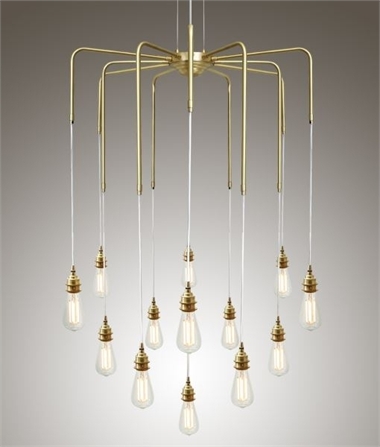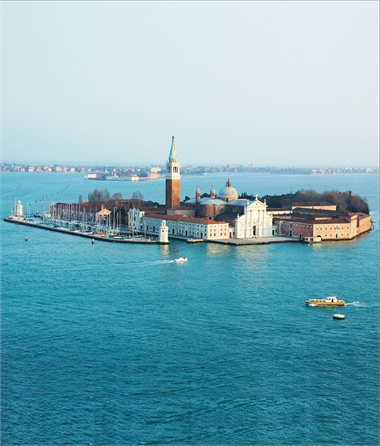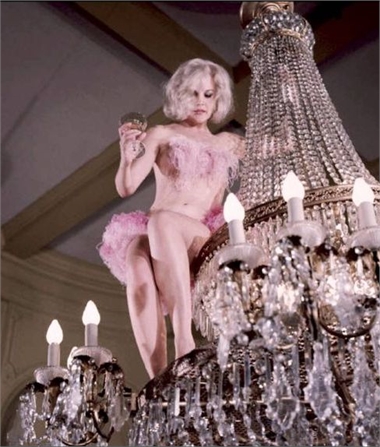There is no longer a typical chandelier (large, decorative hanging light with branches for several light bulbs or candles) as lighting has now evolved into so much more.
With such a wide range of chandeliers and modern lighting on offer. we have created sub categories to make it easier to source a particular type of ceiling suspended light. A chandelier can be considered as a branched lighting fixture (often ornate) hung from the ceiling.
Many modern suspended ceiling lights have components in common with chandeliers but do not fall easily in a chandelier category, we hope we have made it easier for you to find something you like. Please call our sales team if you are still searching for a particular option.
Chandeliers - Everything You Need to Know
Many chandeliers can be heavier than any other ceiling light fixture and some may require special ceiling attachment or on the flip side may not require any support and can directly be plugged to an electrical box. The earliest chandeliers were used in medieval churches to brighten up large halls and were generally made up of wooden crosses on which candles were placed, from the 15th century more complex form of chandeliers with crown or designs had become popular and by the early 18th century brass chandeliers with long curved arms were seen the homes of wealthy merchants.
Below is a glossary of some of the chandelier terms which may be of use and interest.
Chandelier Glossary
Adam style A neoclassical style, light, airy and elegant chandelier - usually English.
Arm The light-bearing part of a chandelier also sometimes know as a branch.
Arm Plate The metal or wooden block placed on the stem, into which the arms slot.
Bag A bag of crystal drops formed by strings hanging from a circular frame and looped back into the centre underneath, associated especially with early American crystal and regency style crystal chandeliers.
Baluster A turned wood or moulded stem forming the axis of a chandelier, with alternating narrow and bulbous parts of varying widths.
Bead A glass drop with a hole drilled right through.
Bobeche A dish fitted just below the candle nozzle, designed to catch drips of wax. Also know as a drip pan.
Branch Another name for the light-bearing part of a chandelier also know as an arm.
Candelabra Not to be confused with chandeliers, candelabras are candlesticks, usually branched, designed to stand on tables, or if large, the floor.
Candlebeam A cross made form two wooden beams with one or more cups and prickets at each end for securing candles. Candle nozzle The small cup into which the end of the candle is slotted
Canopy An inverted shallow dish at the top of a chandelier from which festoons of beads are often suspended, lending a flourish to the top of the fitting.
Cage An arrangement where the central stem supporting arms and decorations is replaced by a metal structure leaving the centre clear for candles and further embellishments.
Corona Another term for crown-style chandelier
Crown A circular chandelier reminiscent of a crown, usually of gilded metal or brass, and often with upstanding decorative elements.
Crystal Glass with a lead content that gives it special qualities of clarity, resonance and softness – making it especially suitable for cutting. Also know as lead crystal.
Drip Pan The dish fitted just below the candle nozzle, designed to catch drips of wax. Know also as a bobeche.
Drop A small piece of glass usually cut into one of many shapes and drilled at one end so that it can be hung from the chandelier with a brass pin. A chain drop is drilled at both ends so that a series can be hung together to form a necklace or festoon.
Dutch Also known as Flemish, a style of brass chandelier with a bulbous baluster and arms curving down around a low hung ball.
Festoon An arrangement of glass drops or beads draped and hung across or down a glass chandelier, or sometimes a piece of solid glass shaped into a swag. Also known as a garland.
Finial The final flourish at the very bottom of the stem. Some Venetian glass chandeliers have little finials hanging from glass rings on the arms.
Hoop A circular metal support for arms, usually on a regency-styles or other chandelier with glass pieces. Also know as a ring.
Moulded The process by which a glass piece is shaped by being blown into a mould (rather than being cut).
Neoclassical Style Chandelier Glass chandelier featuring many delicate arms, spires and strings of beads.
Prism A straight, many sided drop.
Regency Style Chandelier A larger chandelier with a multitude of drops. Above a hoop rise strings of beads that diminish in size and attach at the top to form a canopy. A bag, with concentric rings of pointed glass, forms a waterfall beneath. The stem is usually completely hidden.
Soda Glass A type of glass used typically in Venetian glass chandeliers. Soda glass remains “plastic” for longer when heated, and can therefore be shaped into elegancy curving leaves and flowers.
Spire A tall spike of glass, round in section or flat sided. To which arms and decorative elements may be attached, made from wood, metal or glass.
Tent A tent shaped structure on the upper part of a glass chandelier where necklaces of drops attach at the top to a canopy and at the bottom to a larger ring.
Venetian A glass from the island of Murano, Venice but usually used to describe any chandelier in Venetian style.
Waterfall Concentric rings of icicle drops suspended beneath the hoop or plate.































